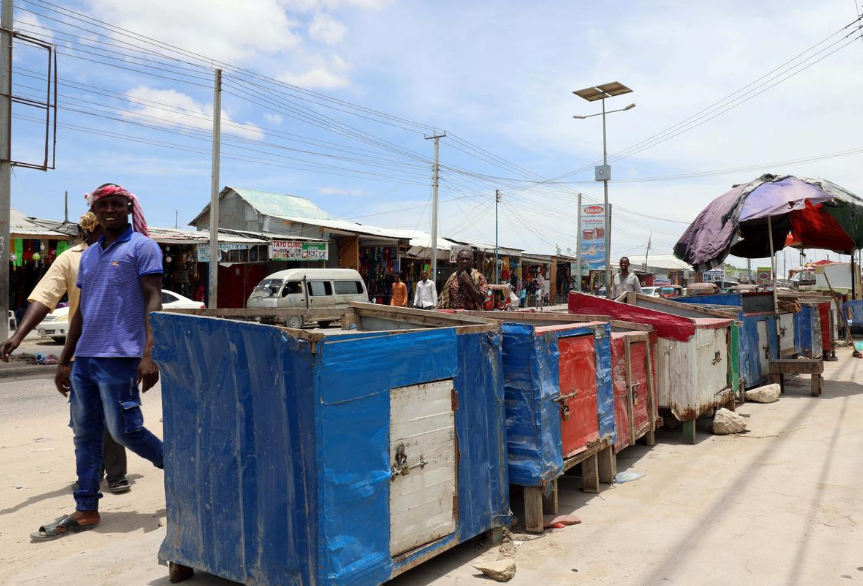Infectious diseases surge in Somalia, hospital visits decline
By Edith Mutethya in Nairobi, Kenya | chinadaily.com.cn | Updated: 2020-08-26 19:54

Vaccination coverage and primary healthcare visits have sharply declined in Somalia, raising fears that diseases such as respiratory infections, measles and acute watery diarrhea, as well as malnutrition, could be going untreated, according to the International Committee of the Red Cross.
The situation is attributable to fear of contracting coronavirus that has so far infected over 3,200 people and killed almost 100, in addition to displacement due to flooding across the country.
"The fight against coronavirus has put an additional strain on health care resources and is stretching our ability to respond to multiple health threats at the same time," Ana Maria Guzman, the health coordinator for the International Committee of the Red Cross in Somalia said.
"We are also seeing a decline in clinic visits during the pandemic, which is deeply worrying in that preventable deaths from diseases such as malaria or complications in childbirth could claim more lives than coronavirus itself."
Health care visits to Somali Red Crescent clinics by children under five and pregnant women dropped by more than 50 percent from approximately 181,000 medical consultations in the first seven months of 2019 to nearly 83,000 in the same period this year.
Vaccination coverage for children against diphtheria, hepatitis B, tetanus and whooping cough declined from 77 percent in 2019 to 56 percent in June 2020, according to the World Health Organization.
In the last two months, the International Committee of the Red Cross, through a community-based disease surveillance tool launched by the committee and the Somali Red Crescent in June, has recorded seven times more cases of suspected acute watery diarrhea than possible coronavirus cases, underscoring what is at risk if seasonal disease outbreaks are neglected.
Of the more than 65,000 visits, the team recorded 161 cases of suspected coronavirus versus more than 1,100 suspected cases of acute watery diarrhea. Twenty-five cases of suspected measles also were documented in the Kismayo area.
The diarrhea outbreak is fueled by limited access to safe drinking water, poor sanitation and population displacement because of floods.
"The floods have forced people into displacement camps, where they have little or no clean water, sanitation or food," Habiba Ahmed, a Somali Red Crescent nurse who works in a clinic in Balcad, said.
"We are seeing acute watery diarrhea cases rise, with most patients coming from villages on the outskirts of Balcad in Middle Shabelle who have had to walk long distances to reach our clinic."
This year, seasonal Hagaa rains have been heavier than average, triggering widespread flooding and destruction of homes and crops.
Since the beginning of the year, over 650,000 people in the country have been displaced due to extreme flooding, according to the United Nations High Commissioner for Refugees.
The UN agency also has warned that communicable diseases could rapidly spread among the displaced population, due to congestion, unsanitary conditions and scarce medical care access.
Jowhar was one of the most affected areas, where flooding hit more than 20 villages and forced families to seek refuge in a makeshift displacement camp at the town's airport.
























